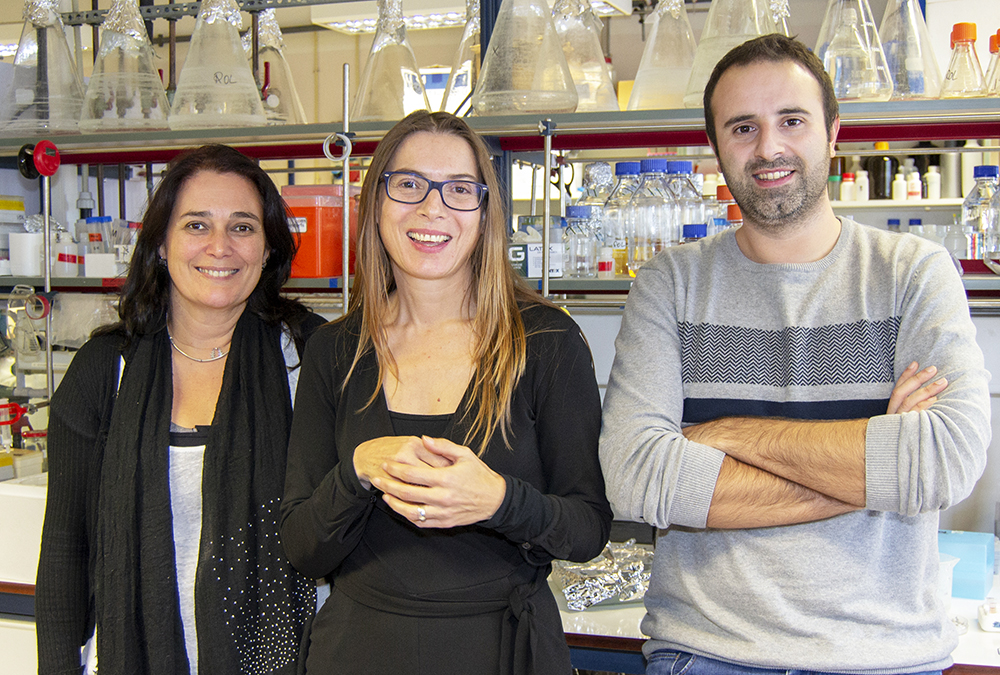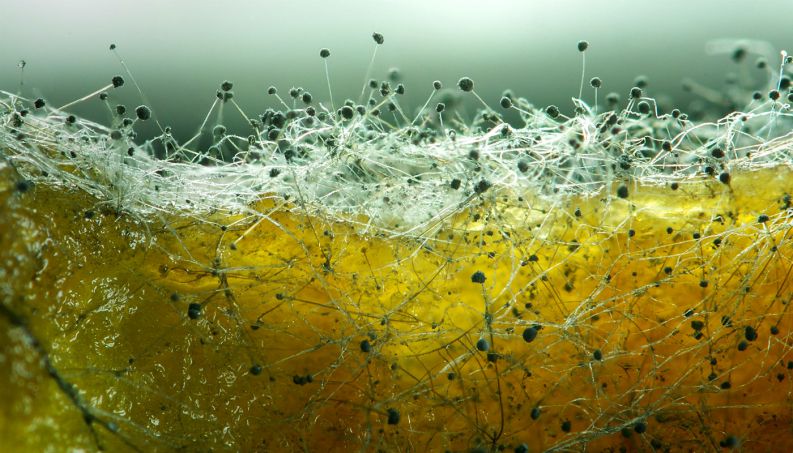Pesticides used in agriculture do not cease to exist once their function has been fulfilled, they penetrate the earth and affect the existing microorganism community. Whether at the application site or further away, carried by water or air, chemical compounds persist. The question that researcher Cristina Silva Pereira wanted to answer was “what effect do these pollutants have on fungi?”.
First, he studied in Nature and found that, in a forest of cork oaks, the pollutant PCP (pentachlorophenol) persisted in the land and that fungi were actively involved in an attempt to degrade it.
Now, in laboratory studies, his research team at the António Xavier Institute of Chemical and Biological Technology, Universidade Nova de Lisboa (ITQB NOVA), has shown that contact with pollutants makes these fungi more pathogenic.
The results have now been published in scientific magazine Microbiome.
“These results are worrisome, given that fungi are responsible for opportunistic infections that cause the death of 1,5 to 2 million people worldwide annually – more than diseases such as malaria or tuberculosis. Increasing its pathogenicity means being able to influence these numbers”, explains Cristina Silva Pereira, responsible for the study.
"However, it is also an opportunity to learn more about how the ecosystem works and to understand how we can act to avoid threats."

Author ITQB NOVA Communication Office
Science in the Regional Press – Ciência Viva



















Comments